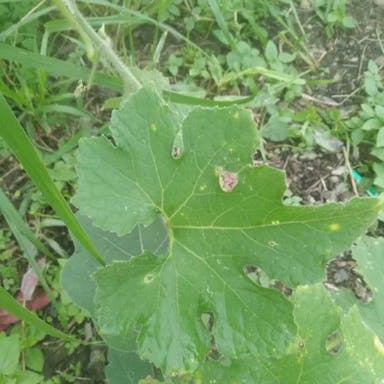Servicetree, scientifically known as Cormus domestica, is a deciduous tree native to Europe and Western Asia. It belongs to the Rosaceae family and can grow up to 15 meters in height. The tree produces white flowers in clusters, which later develop into small, red fruits resembling apples. These fruits are edible and are often used in making jams and jellies. The leaves of the Servicetree are dark green and have a serrated edge, adding to its ornamental value. It is relatively easy to grow in well-drained soil and prefers full sun to partial shade. The tree is known for its hardiness and can withstand various soil conditions. There are different varieties of Servicetree, each with slight variations in fruit size and flavor. Overall, Servicetree is a beautiful tree that not only adds aesthetic value to gardens but also provides delicious fruits for culinary purposes. This deciduous tree has white clusters of flowers and fruits that resemble apples. The hardiness and soil tolerance make it a good choice. Select varieties offer options for fruit size and taste.
0
0












